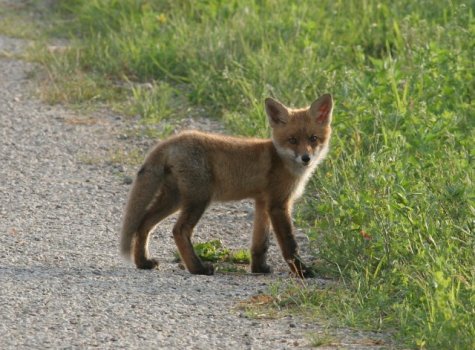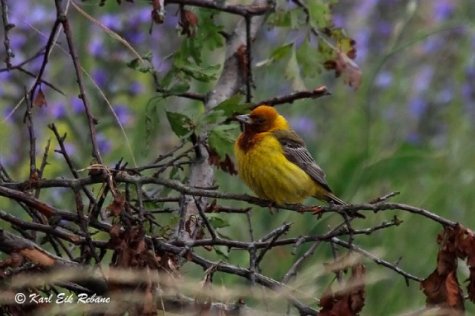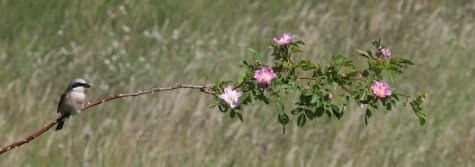Birder’s diary - 8 and 9.07
Birder Margus Ots, Linnuvaatleja.ee
Translation: Liis
July 8th
This sweet fox cub will in time become a big bird nest robber (08.07.2012 Meeksi).
This morning I moved on the Peipsi shore from Mehikoorma to Värska. There were not many birds to see, only waders migrating to some small extent – a couple of lapwing groups came from Russia across the lake and on the Raigla beach 3 dunlins were on the ground. In Raigla an oystercatcher too made a momentary migration stopover; they are rare visitors inland. Just before the trip information arrived that in Värska the European roller had been seen regularly. On passing by I checked this information too. The blue bird however was nowhere to be seen and sadly it still seems that it was a false identification. From to-day’s trip rather several fox litters were memorable, busy straight in the middle of the road. As these tiny cute creatures grow into adult foxes however unfortunately a large number of birds are gobbled up.
Red-headed bunting (Emberiza bruniceps) 08.07.2012 Sõrve säär, Saaremaa. Unless it is counted as a cage escape we have here Estonia’s 384th bird species.
Over a long period a hot rarity news report arrived once again in the evening - on Saaremaa at Sõrve säär a red-headed bunting was photographed. This creature, occurring east of the Caspian Sea, has not been encountered in Estonia earlier. However, since the species is also quite common as a cage bird, the red-headed buntings that have been seen in nature in Western Europe have usually been counted as cage escapees, and they are not added to species lists. But at the same time the species might happen to arrive in our area naturally. If the Bird rarities committee confirms the Sõrve säär observation and does not count the observed bird to the cage escapes then the red-headed bunting will be the 384th bird species in Estonia. Since I was just packing my things for a longer West Estonian trip I headed for Saaremaa instead of to Pärnumaa. Maybe the bird will still be in place in the morning?
July 9th
I got to Sõrve säär after midnight, slept a few hours and at sunrise I was already looking for the red-headed bunting. Unfortunately it turned out that after being found, the bird had disappeared at around 17 o’clock and later in the evening it could not be found again. The weather last night, and this morning too, was quite windy and apparently the wind carried it further inland. In that case there was no hope to find it again. At noon when the wind had died down I made a new search trip but the red-headed creature stayed unfound. Instead I observed red-backed birds – red-backed shrikes were feeding their chicks in several places in the shrubs.
Red-backed shrike (09.07.2012 Sõrve säär)











